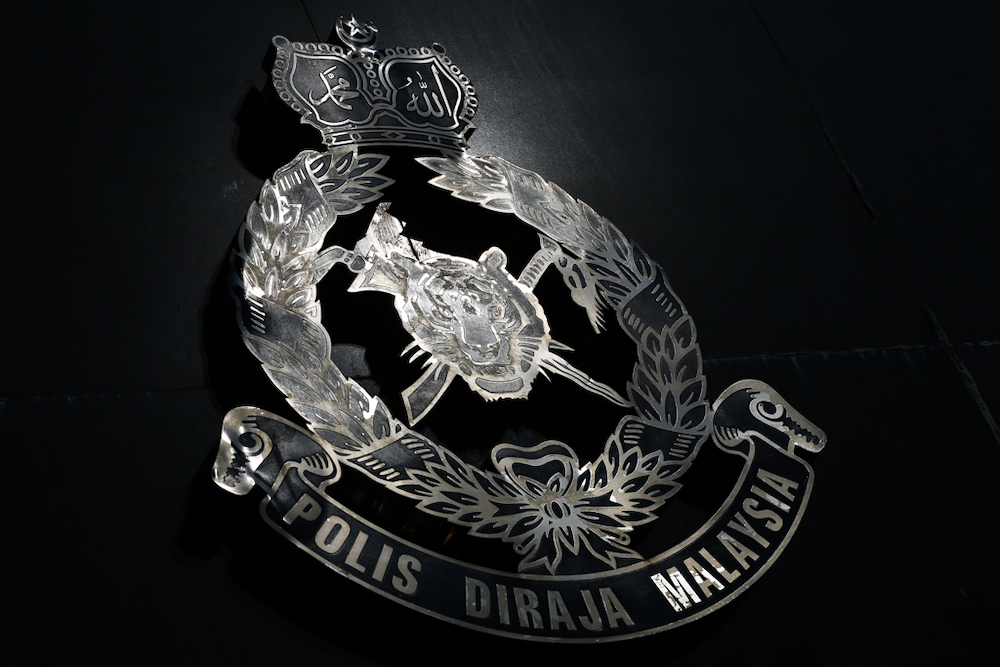ADVERTISE HERE

Rosey says such global recognition augurs well for the country and the world in the preservation and conservation of historical sites of early human civilisation.
MIRI (July 30): Malaysia’s latest Unesco World Heritage Site, Niah Caves, would draw more historians and academia wanting to carry out in-depth research works, says Datuk Rosey Yunus.
According to the description by Unesco, the cave complex contains the longest known records of human interactions with rainforests, spanning at least 50,000 years, from the Pleistocene to the Mid-Holocene periods.
In this regard, the Deputy Minister of Women, Childhood and Community Wellbeing Development Sarawak and Bekenu assemblywoman remarked: “The rich archaeological artefacts and deposits, prehistoric rock paintings, and boat-shaped burials found at the northern edge of the massif illustrate biological and human life during that time, and this contribute greatly to the knowledge of human development, adaptation and migration in Southeast Asia, as well as in a global context.
“Such global recognition augurs well for the country and the world in the preservation and conservation of historical sites of early human civilisation.
“Finally, it is done now and its preservation and conservation will be of world’s interest.
“This heritage recognition will boost tourism, attracting visitors from abroad and this will be good for the local economy.”
In a statement on July 27, the Tourism, Arts and Culture Ministry (MoTAC) announced the Niah Caves Complex in Sarawak had been officially listed as a Unesco World Heritage Site.
This global recognition was granted during the 46th World Heritage Committee Session, held from July 21 to 31 in New Delhi, India.
The nomination process for the Niah Caves Archaeological Site began in 2019, with the Tentative List document submitted to Unesco on Jan 22, 2021, and on Jan 31, 2023, the formal nomination documents were handed over to the Unesco Secretariat in Paris.
With this recognition, Sarawak now has two out of the five Unesco World Heritage sites in Malaysia, with Miri Division having the distinction of having both.
Mulu National Park was the first to be listed.
The other Unesco World Heritage sites in Malaysia are Kinabalu Park (certified in 2000), the Historic Cities of the Straits of Melaka, Melaka and George Town (certified in 2008), and the Archaeological Heritage of the Lenggong Valley, Perak (certified in 2012).
Premier Datuk Patinggi Tan Sri Abang Johari Tun Openg regarded the official listing of Niah Caves as a Unesco World Heritage site as ‘another step forward in solidifying global attention on Sarawak’.









 English (US) ·
English (US) ·